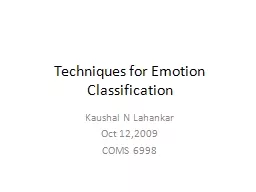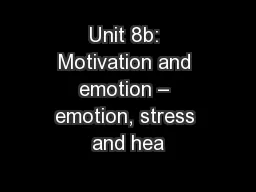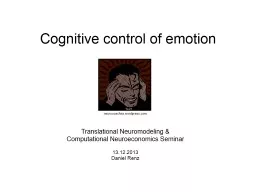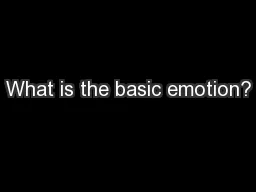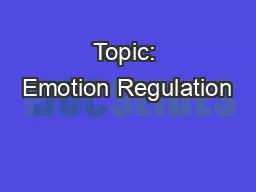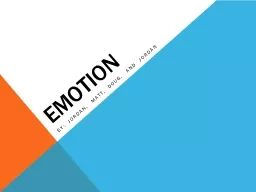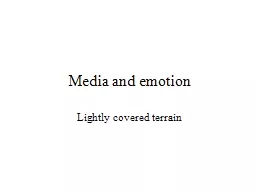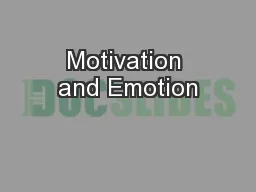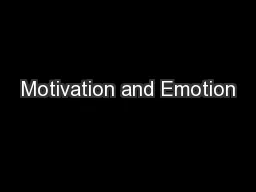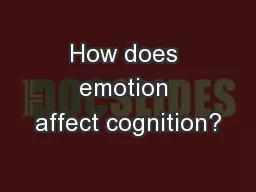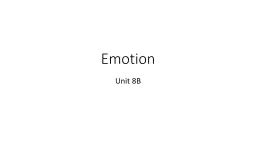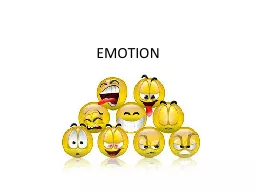PPT-Techniques for Emotion Classification
Author : liane-varnes | Published Date : 2016-05-11
Kaushal N Lahankar Oct 122009 COMS 6998 Topics covered Describing the emotional states expressed in speech Identification of Confusion and Surprise in Spoken Dialog
Presentation Embed Code
Download Presentation
Download Presentation The PPT/PDF document "Techniques for Emotion Classification" is the property of its rightful owner. Permission is granted to download and print the materials on this website for personal, non-commercial use only, and to display it on your personal computer provided you do not modify the materials and that you retain all copyright notices contained in the materials. By downloading content from our website, you accept the terms of this agreement.
Techniques for Emotion Classification: Transcript
Download Rules Of Document
"Techniques for Emotion Classification"The content belongs to its owner. You may download and print it for personal use, without modification, and keep all copyright notices. By downloading, you agree to these terms.
Related Documents

